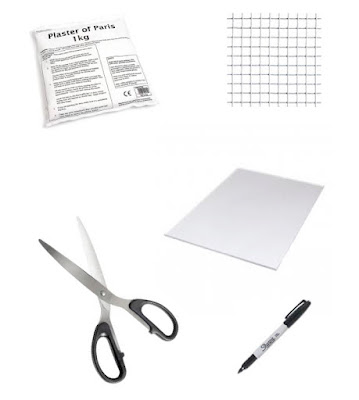
I miss my Christmas decorations! Any one else feeling that their house is completely empty?
Hence another home décor DIY coming at you today - now there are no lights, sweets, cards and decorations taking up my table and cupboard space, I'm making stuff to take it's place and am bring you a DIY experiment. I've seen so many marble polymer clay DIYs - but can it work with air dry? Let's find out.
| WHAT YOU NEED |
White Clay /
Black Paint /
Modge Podge /
Glue Gun / Rolling Pin / Knife / Baking Paper
| HOW YOU MAKE THEM |
I tried two methods of marbling my clay - both equally as messy and, in truth, achieving similar results - so pick whichever you prefer!
METHOD 1
I divided my clay in half, keeping one half completely white and creating my marbled colour with the remaining. I added a dot of black to the clay and mixed it in - not completely, but enough so that the paint had been absorbed.
I then combined the clay, twisting together a few times before flattening and then rolling to see the outcome.
Some areas were more marbled than others, and I could change the appearance with further rolling a little.
If you aren't happy with the effect, you can roll the clay back up and try again - bearing in mind that each time this is done, the colours will blend more and more and the marble effect will decrease [but this may be the effect you are after!].
To create a simple, rectangular tray, I used a ruler and knife to cut through the clay and then transferred on to baking paper to dry on:
METHOD 2
I simply added my paint to the clay and combined by folding the clay around and over it before rolling out to see the spread of the marble effect:

A little less patterned, but to add more, I added a few more dots of paint, folded the clay and then rolled again - a much darker marble effect was created with a wider spread:

I then went for a smaller shape, creating a hexagon template from paper and used a knife to cut through the clay.
Remove the excess and leave the clay to dry for at least 24 hours to ensure it is thoroughly dry.
To stop the clay from bending at the edges and keep the clay flat, ensure you turn the clay at regular intervals and when dry to touch [but not completely dried through] you can add an additional piece of baking paper on top with a book or something weighty to ensure the clay stays flat.
I did not do this.
I made my clay shapes and then went away for the weekend, coming back to a curled hexagon and twisted tray. As a further experiment, I attempted to flatten them and it worked [unfortunately, so convinced it wouldn't, I didn't take photos]. However; adding the paint to the clay does change it structure and instead of becoming brittle and breaking, like air dry clay would normally, there was some give in the clay and with a little heat [sitting on top of the radiator for a while] and gentle increase of weight to flatten on top over the week, I have flattened trays. Still can't quite believe it worked.
Remove any rough or marked edges with sandpaper to create a neat and smooth finish.
...and to protect the surfaces, I coated in Modge Podge:
To protect the surfaces they would sit on, I then added some easy DIY protectors. Created from hot glue, added to a ruler so that they could be easily removed and then fixed in place with strong glue:
The trays are complete. Use to hold and tidy away things:
Or as a pretty display tray:
The key to this DIY was less is more - it's much easier to add, whether more white clay or paint but impossible to take away - I'm really pleased with the overall effect and finish - something I can keep in mind for any future DIY projects.


























































